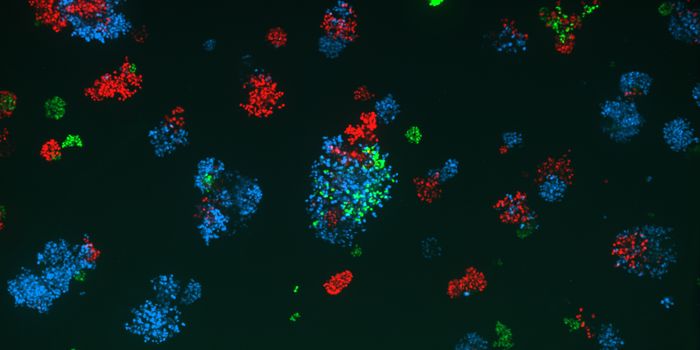Unraveling the Mysteries of Nazi Brain Research
The atrocities suffered by millions at the hands of Hitler are well-known in history. Death camps like Auschwitz, Dachau, and Buchenwald were Ground Zero for the attempted eradication of Jewish citizens as well as other “undesirables” such as homosexuals, resistance members and the mentally or physically disabled. Estimates put the number at about 250,000 men, women, and children with certain physical or mental illnesses who were gassed by the Nazis.
At the time, the governing body for this part of the genocide was the Kaiser Wilhelm Institute for Brain Research (KWI). It was overseen by Julius Hallervorden, who was in favor of murdering the mentally disabled so that he could have access to human brains for research. Neurological conditions like Downs Syndrome, cerebral palsy and spastic diplegia were among the conditions that warranted extermination at the time. At the end of World War II, the KWI was disbanded at the insistence of western Allied Forces and in 1948, the Max Planck Institute for Brain Research was formed.
According to an article in Quartz media, Erin Schuman, managing director of the Max Planck Institute in 2015, stated, “Hallervorden used the brains for his research up into the 1960s, and some of his immediate successors likely continued using those brain samples well beyond the 1960s.” Schuman explained that in 1990, remaining brain tissue samples were laid to rest in Munich’s Waldfriedhof cemetery. Fast forward to the spring of 2015 when more brain tissue samples and slides were found in Hallervorden’s estate. This prompted the Max Planck Institute to begin an exhaustive review of all of their research facilities and all remaining samples, protocols, and experiments.
That review did uncover additional specimens that should have been buried along with the ones that were interred in 1990. Since then, the Institute has been on a mission to identify the remains of these victims and contact family members. It’s been a long time coming, but finally, families might have some closure about their relatives who were taken away and murdered simply for being ill.
In January of 2017, the officials at the Max Planck Society (MPG) agreed to allow an independent panel of 4 experts access to records and specimens to fully document the samples, the victims, and the experimentation. Those experts include Paul Weindling of Oxford Brookes University in the United Kingdom, Volker Roelcke, a historian and psychiatrist at the University of Giessen in Germany, Patricia Heberer-Rice of the U.S. Holocaust Memorial Museum in Washington, D.C., and Gerrit Hohendorf of the Technical University of Munich. Together the team hopes to bring to light the truth behind this research, even if it doesn’t reflect well on the MPG and to see to the proper burial of all specimens, hopefully after identifying the victims.
Martin Keck, the clinic director at the Max Planck Institute of Psychiatry, told Science Magazine, “This is not only about ‘forgotten’ specimens, but the apparent whitewashing of the [MPG’s] darkest history and the failure to adequately respond to and to commemorate the tragic past.”
The video below has more details about this effort, what has been found and what will happen going forward. Some of it is hard to watch, but important to know.
Sources: Science Magazine, Quartz Media, Max Planck Society, The United States Holocaust Memorial Museum









